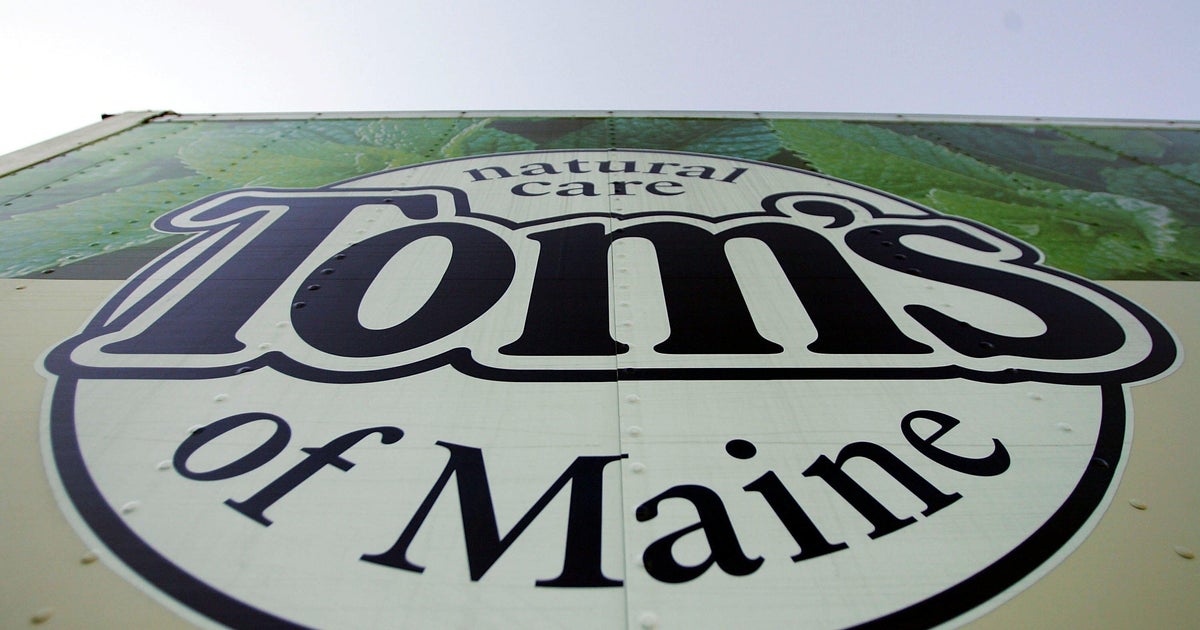Pothole mosaics: Street art that fills a need
Potholes are the bane of many a driver’s existence this time of year, except for a Chicago man who’s turned them into a ROAD SHOW. Here’s Lee Cowan:
The light at the end of our long winter tunnel is ahead. But so are the calling cards winter leaves behind: the black holes of the asphalt galaxy that by spring can swallow a car whole.
Before the snow and ice made goosebumps out of our roads, Cowan found Jim Bachor doing a little traffic triage. His neighborhood in Chicago is full of these urban craters, so many in fact that he decided to start fixing them himself.
“I just want to get my work done and get out,” he said while pouring concrete. “I’m not interested in having people watch me, really.”
Especially the watchful gaze of the Chicago police.
“I’m always worried about the cops, you know?” Bachor laughed. “I’m too old to be arrested. I’ve got twin boys, you know?”
It’s true his gesture of goodwill isn’t technically legal, but no one’s really bothered him about it, because Bachor isn’t just filling Chicago’s potholes. He’s turning them into works of art, such as his rendering of a rumpled Cheeto bag made out of marble and glass.
“It’s just that little bit of unexpected joy which is kind of a fun thing for me,” he said.
His street mosaics have been appearing all around the city for years now -- dozens of them dotting the roads. Former potholes that are now frames for flowers, for popsicles and creamsicles, and a few that state the obvious, like one pothole that proudly screams it’s “not a pothole anymore.”
“This is probably my most popular piece,” he explained.
“It’s probably seen by more people than it would be if it was in a gallery somewhere,” Cowan said.
“That’s a good point!” Bachor laughed.
A graphic artist, Bachor’s passion for mosaics started on a trip to Pompeii, Italy, where he realized if art made of glass and marble was durable enough to survive an ancient volcano, surely it could survive a little modern-day traffic.
And his works do. In fact, they hold up remarkably well, much to the surprise and delight of passers-by.
“I think it’s great,” said one woman. “Looks beautiful. I laugh every time I see it.”
Bachor spends 8-10 hours crafting each piece, all in his basement studio, carefully chipping away at the colored glass and then setting each tiny piece in place.
“There are some moments of terror because it can all go to hell in a second,” he laughed,
It’s held together by nothing but cheesecloth, and placing it on top of wet concrete is a process that’s not entirely forgiving. As it dries, Bachor peels the cheesecloth back.
It’s a painstakingly slow and detailed procedure, especially when you consider the fact Bachor is doing it on his knees in the middle of traffic.
Cowan asked, “You ever feel a little vulnerable out here?”
“Yes, yes, yes, I do.”
He just tries not to inhale too much the belching car exhausts.
But the most nerve-wracking part may be leaving his work to dry overnight.
We nervously watched cars zoom around his cones with almost reckless disregard. But somehow his creations survive (at least until they’re paved back over).
“It used to bum me out at first, but it’s the price I play for playing in the street, you know?” Bachor laughed.
That’s why he posts his works on Instagram. At least there, there’s a little social media permanence. He has thousands of followers who anxiously wait for him to post his newest installation.
After all, there are plenty of potholes that could use an artistic lift -- too many to ever get to in a single lifetime.
So the next time you curse one for destroying your car’s alignment or blowing a tire, try to look at them the way Jim Bachor does: not just as bumps in the road, but an opportunity to do something truly inspiring.
For more info:
- bachor.com
- Follow Jim Bachor on Twitter, Facebook and Instagram








